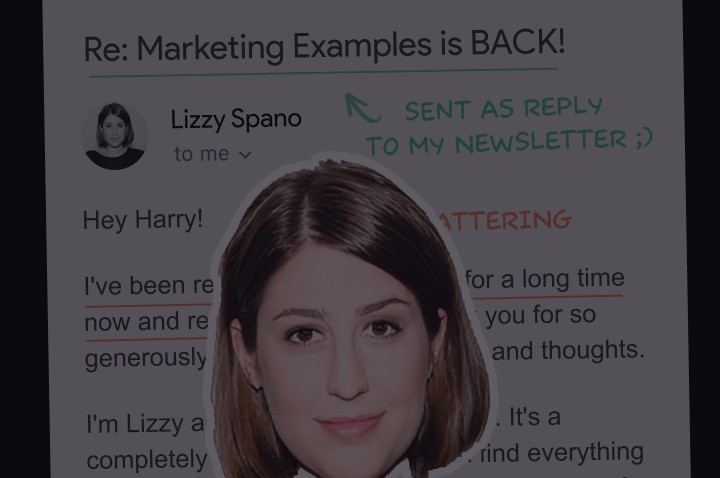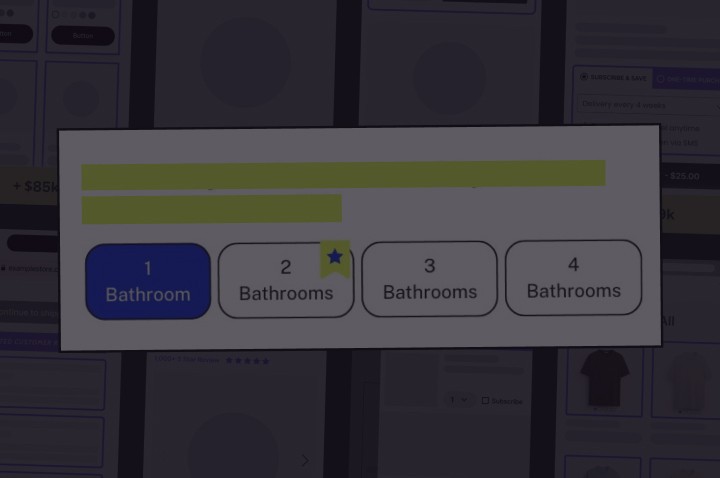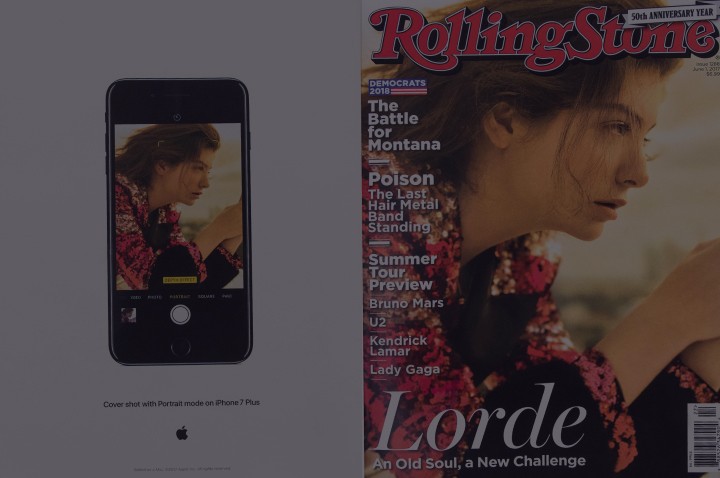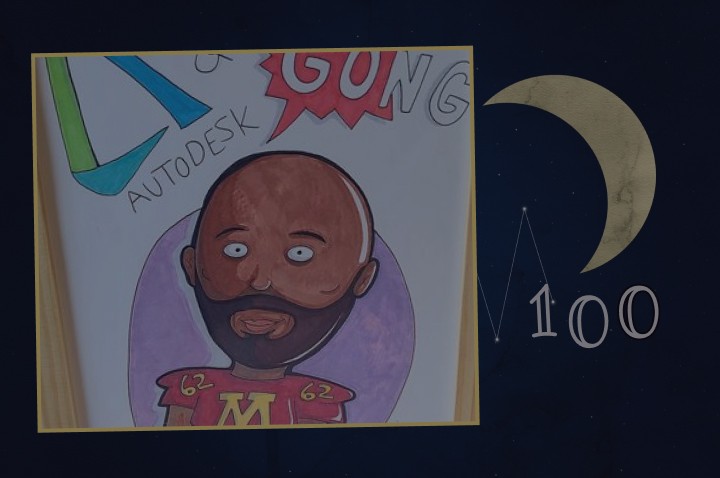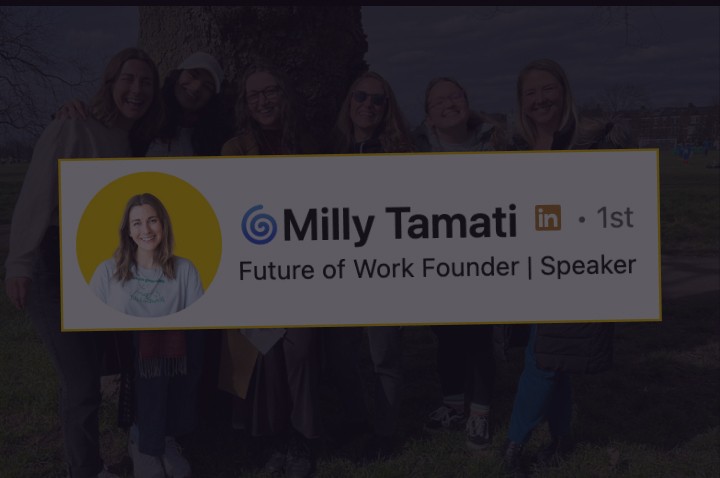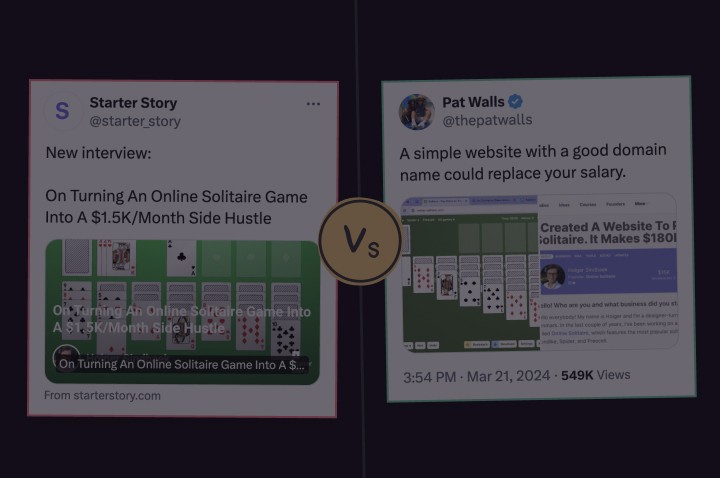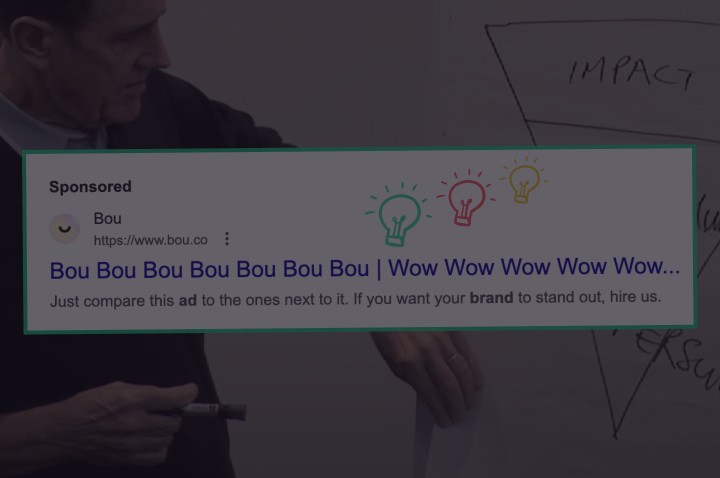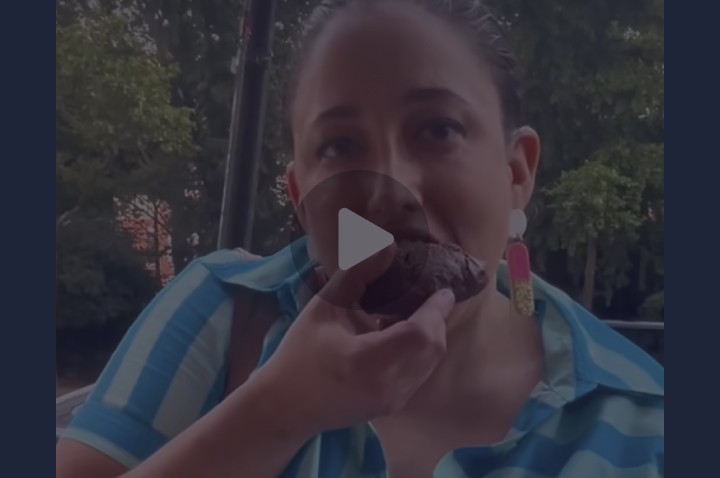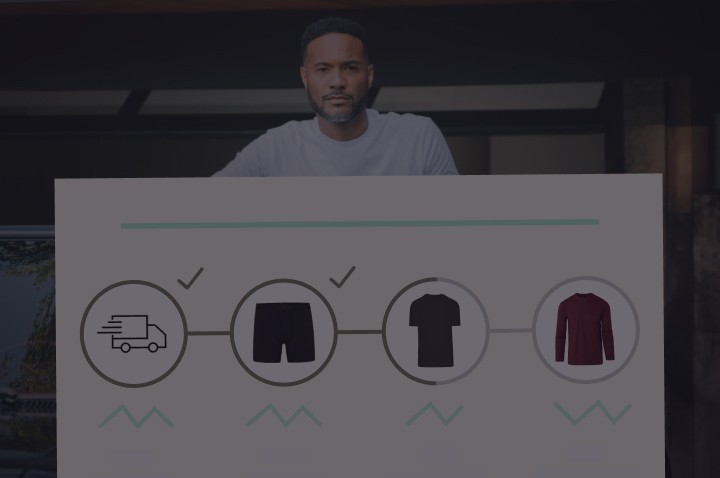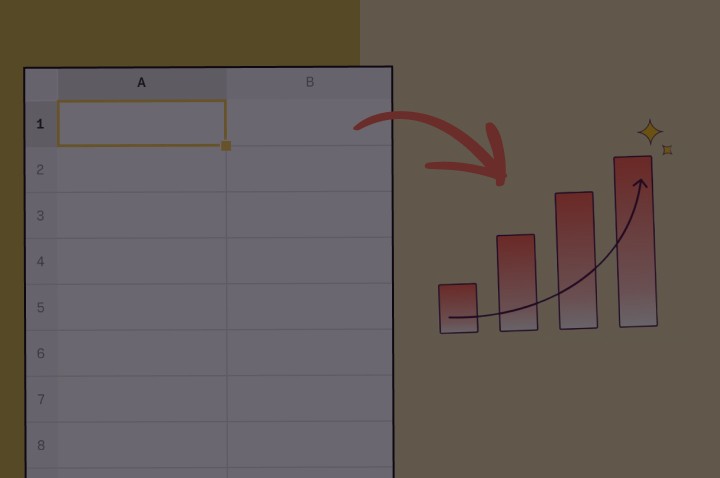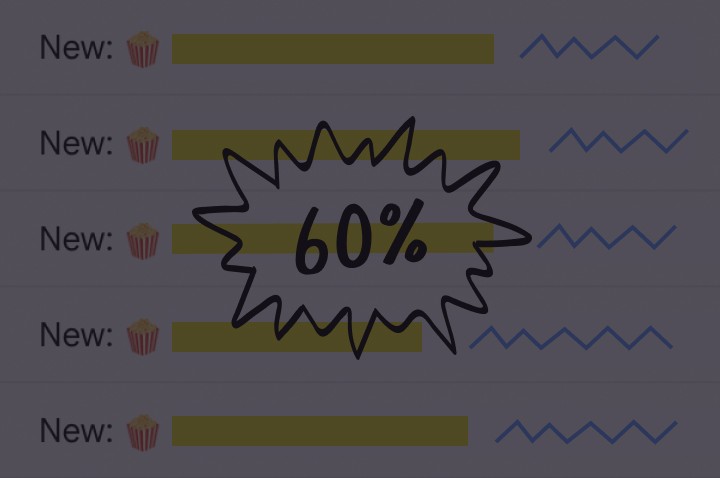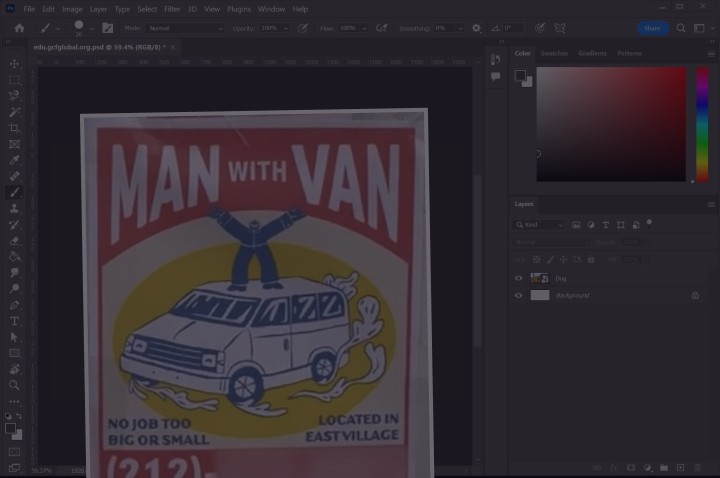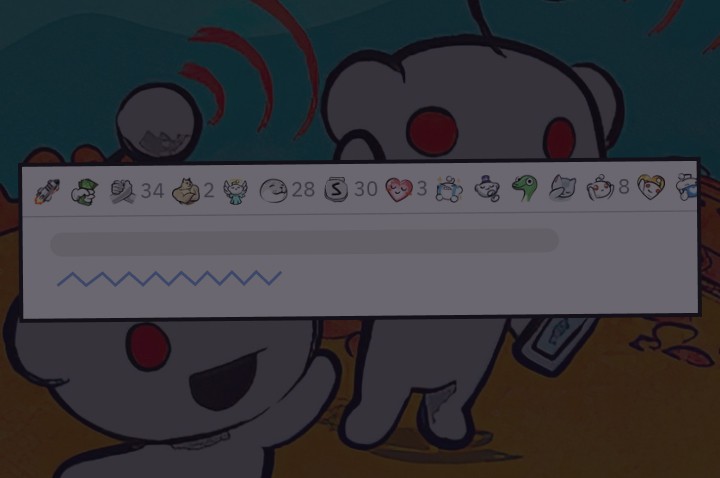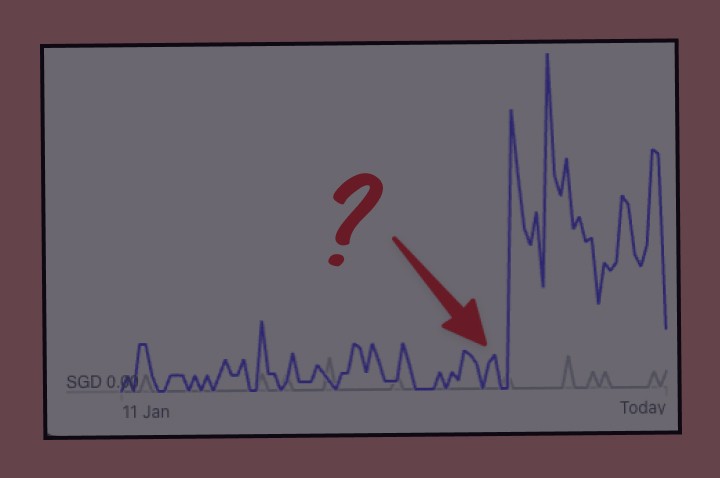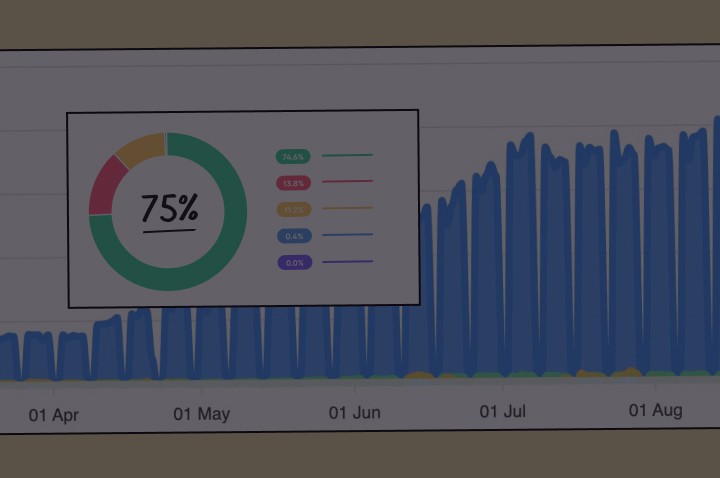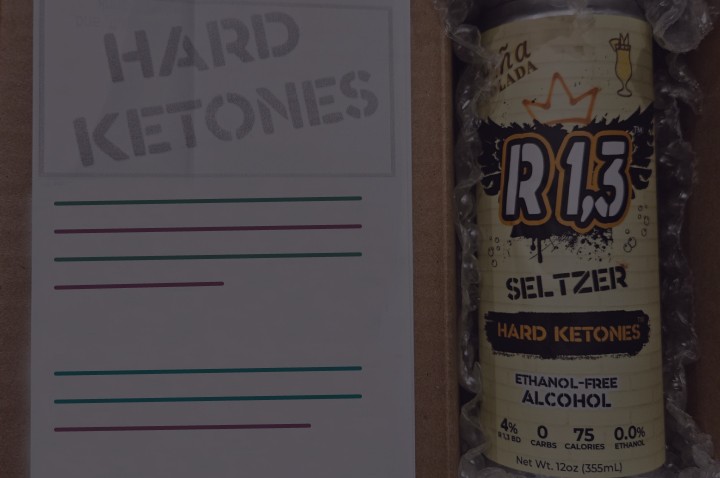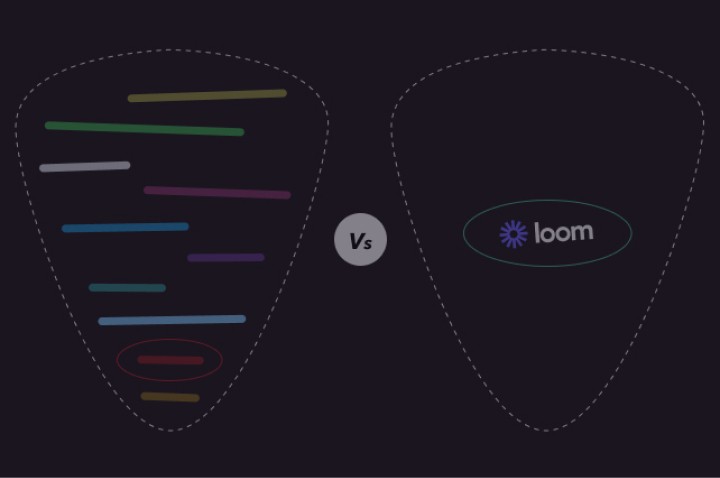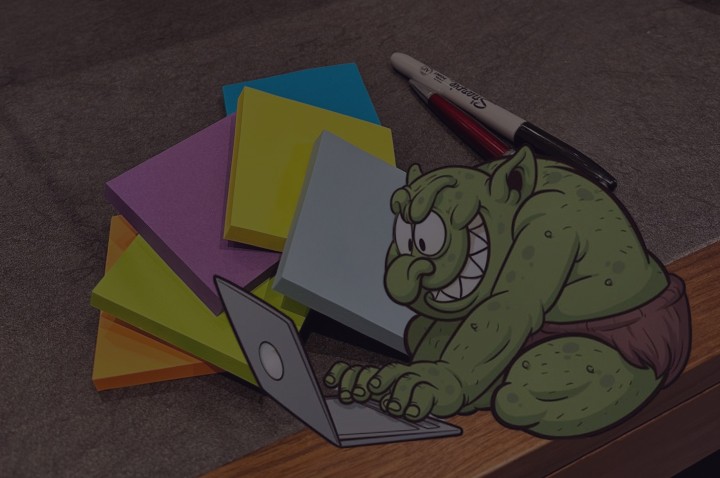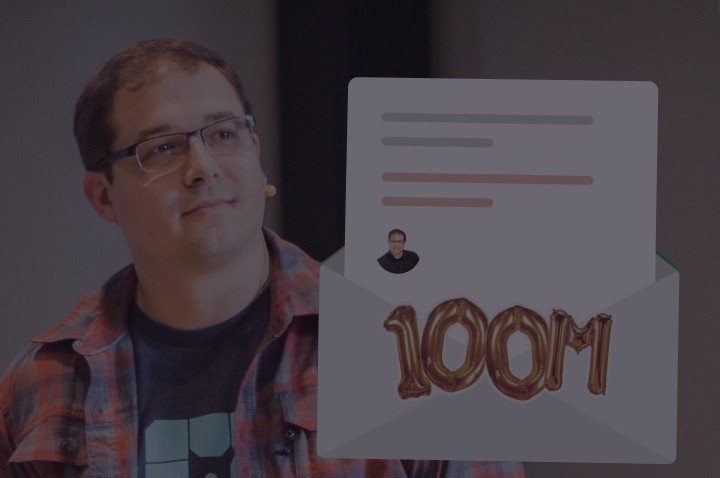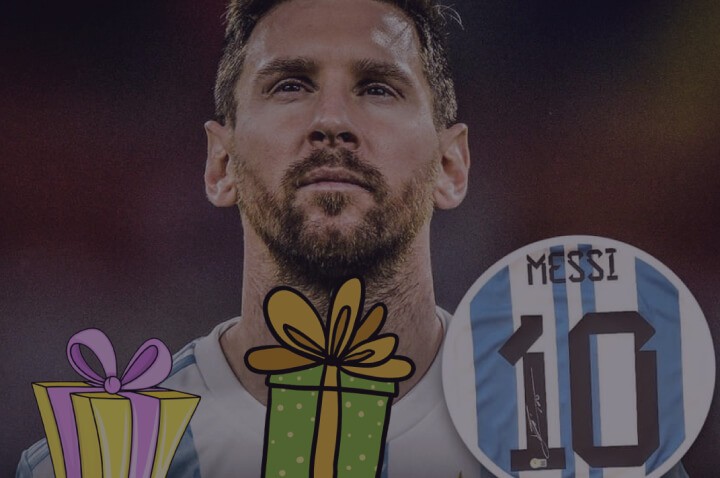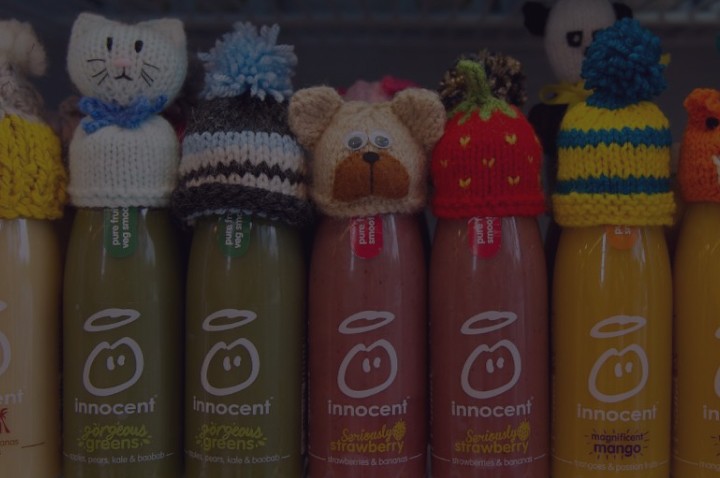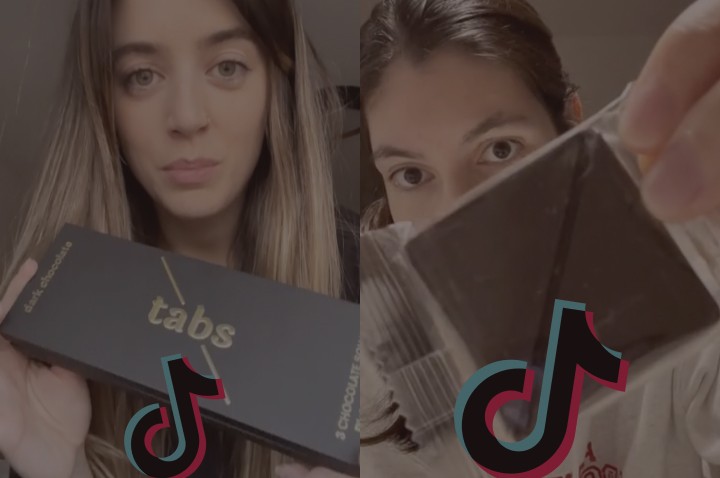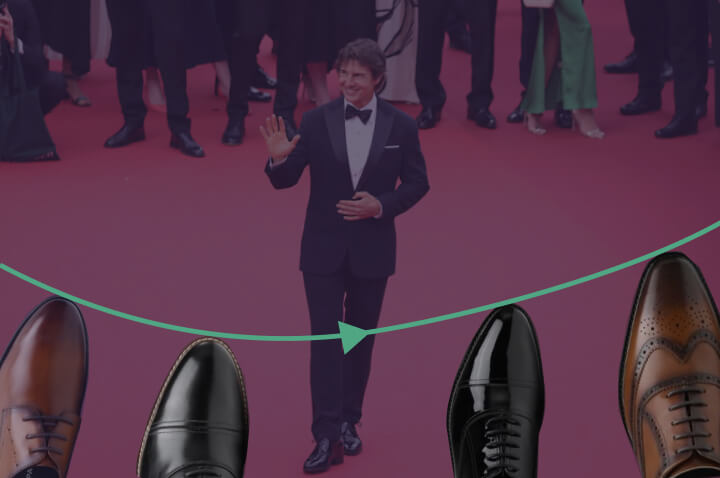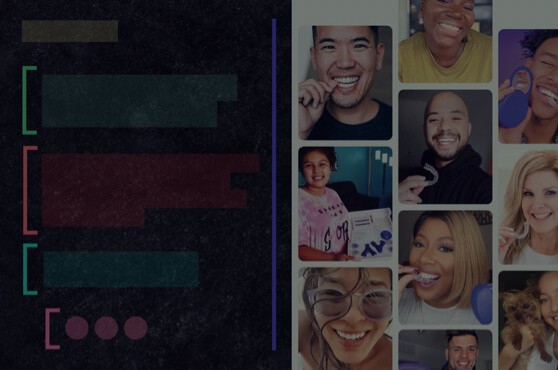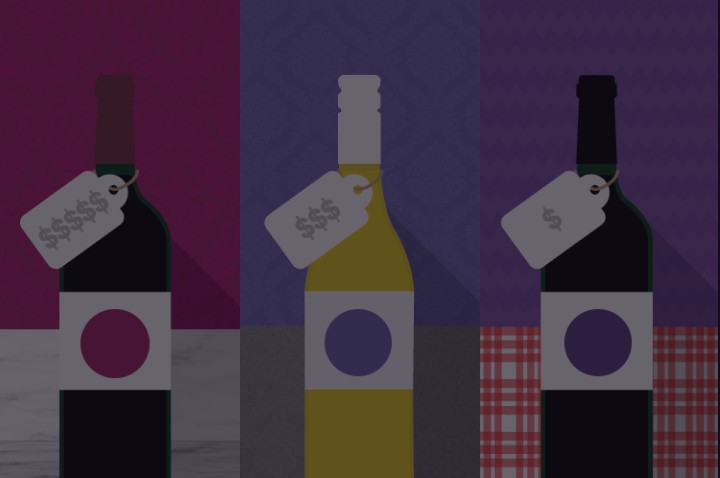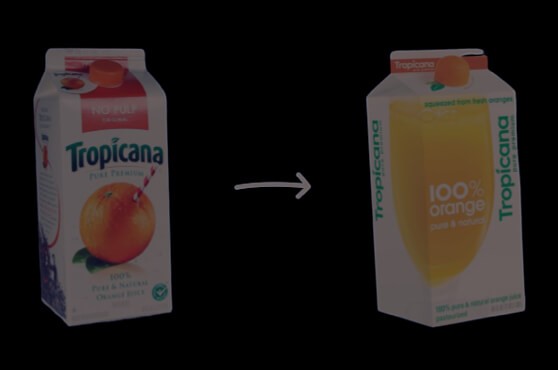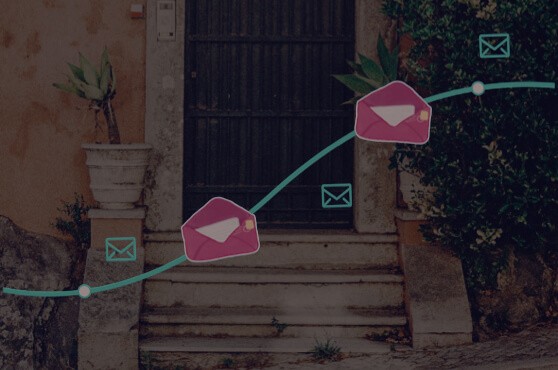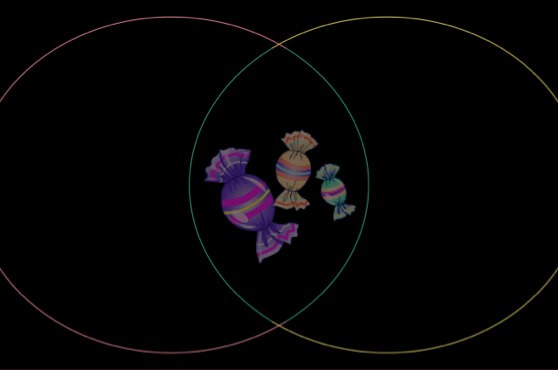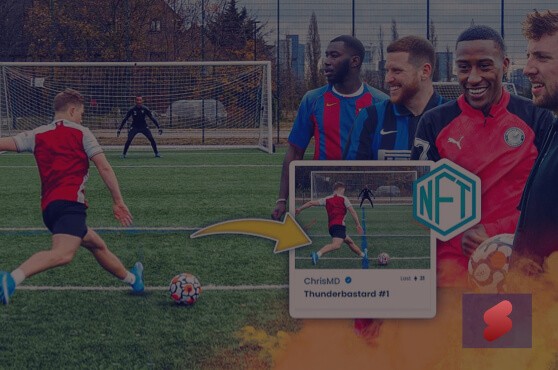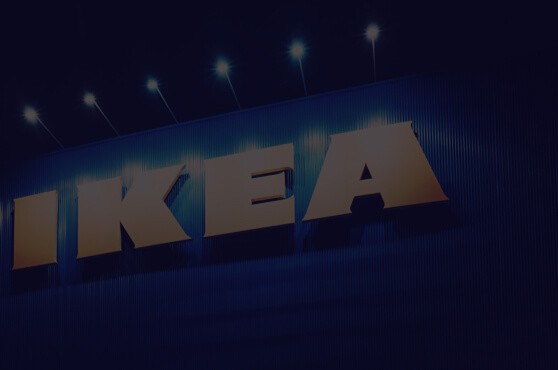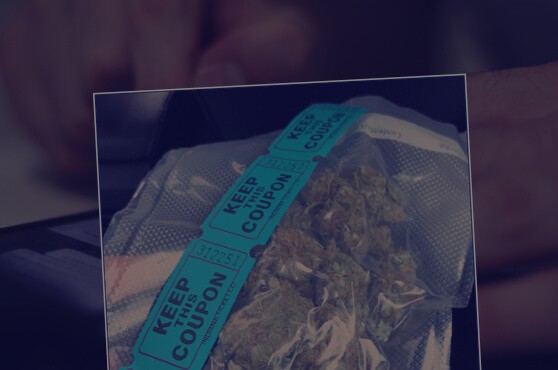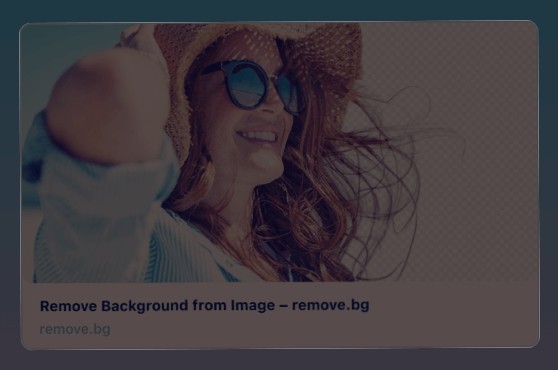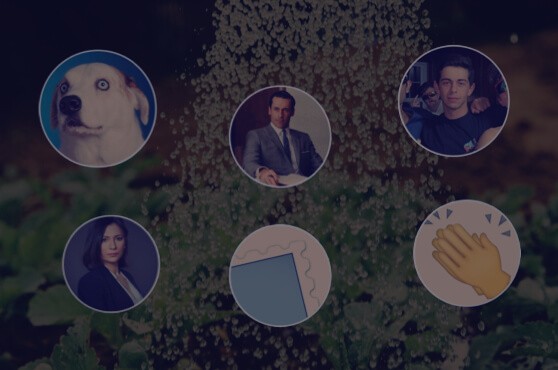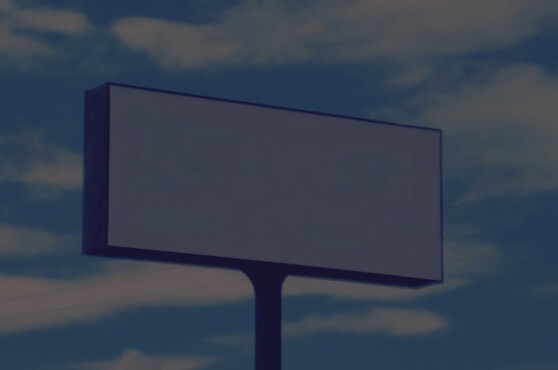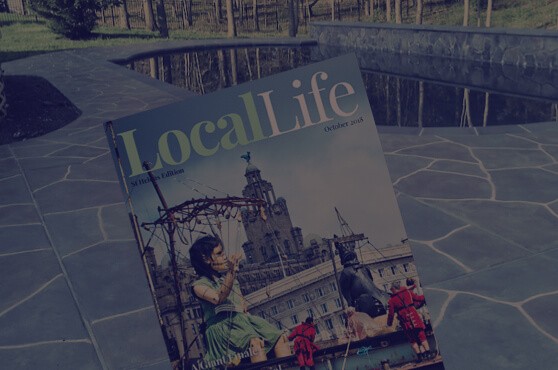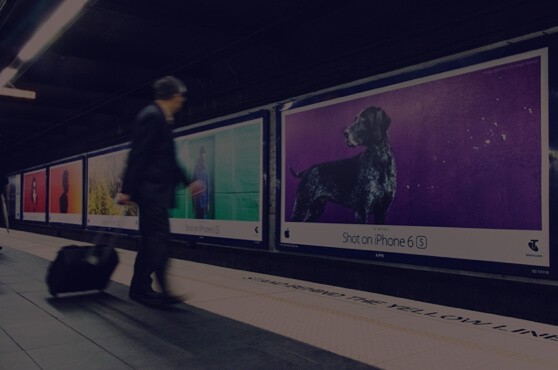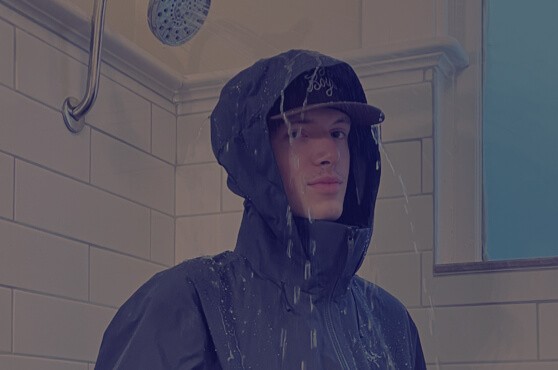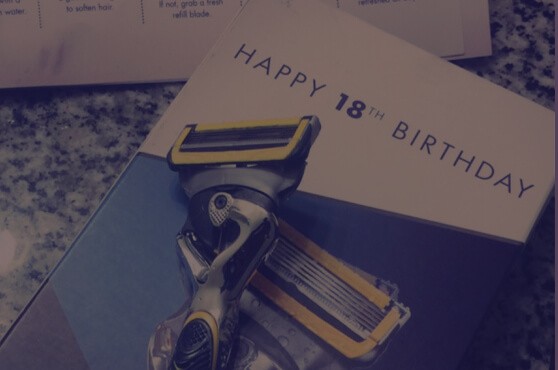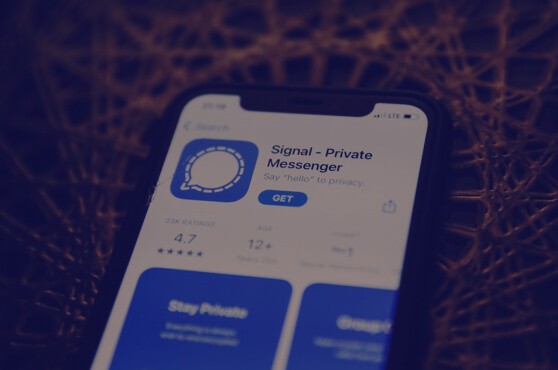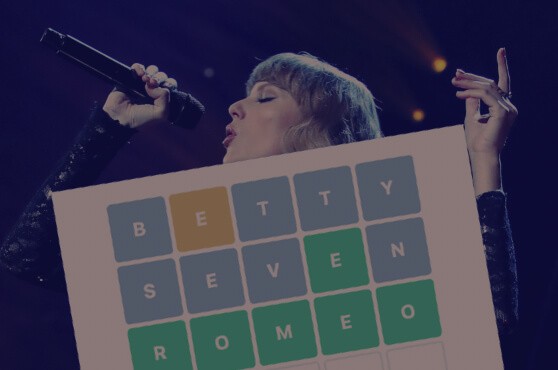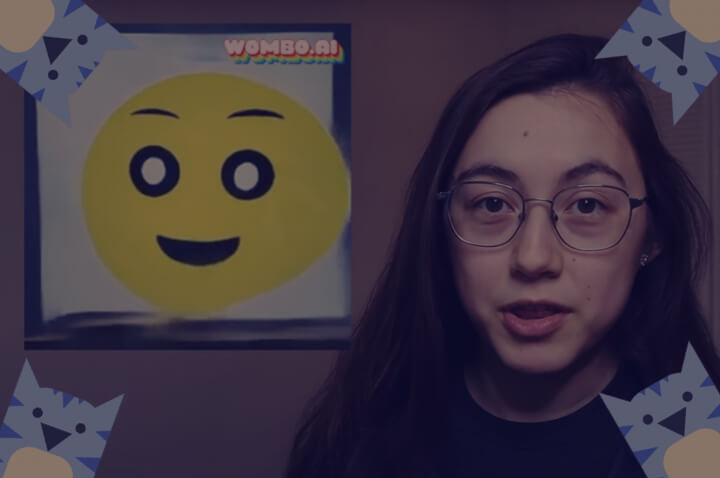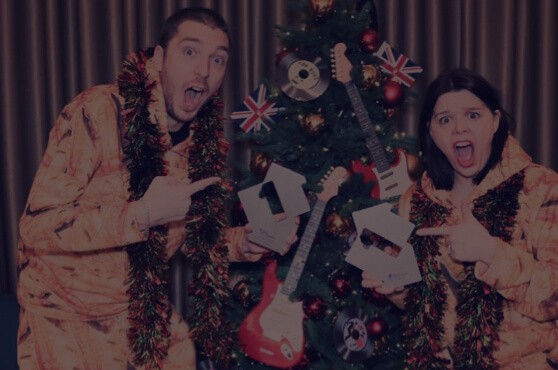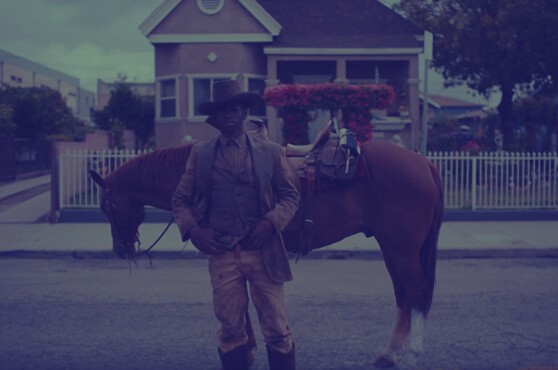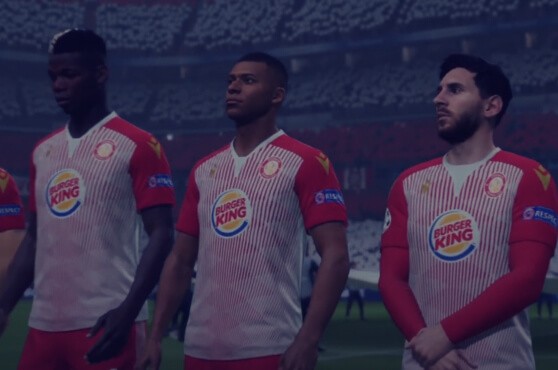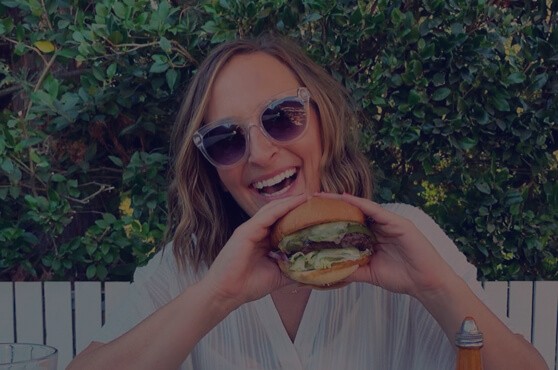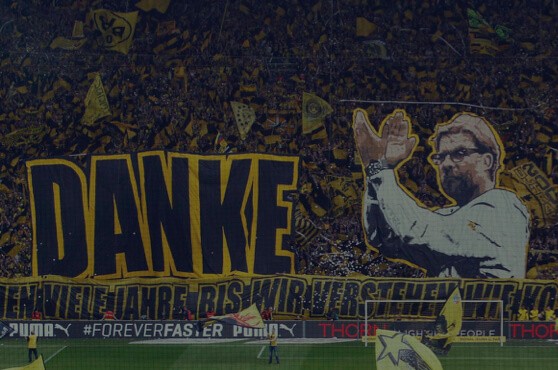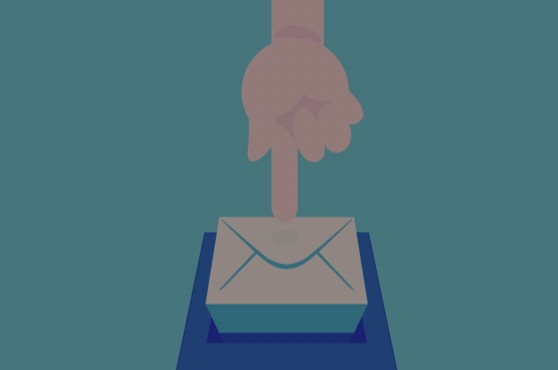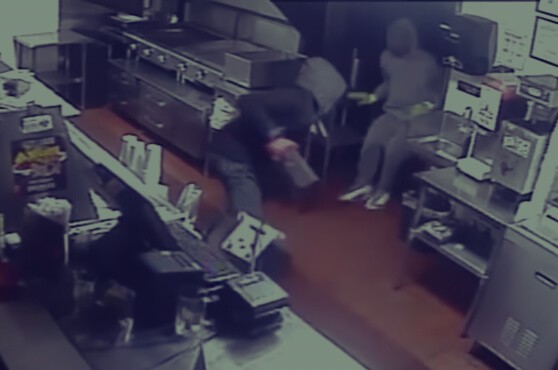

“Michelin Guide” Marketing
Clermont-Ferrand, France, 1900.
Andre and Edouard Michelin had just started making tyres.
The problem was there were less than 300 cars in France.
So hoping to encourage car ownership they published the world's first Michelin Guide.
It was the ultimate guide for new motorists: maps, instructions on how to change tyres, locations of fine restaurants, etc.
And they printed 35,000 copies and gave them away for free.
Over the next decade the number of motorists soared. And so did demand for the guide.
The brothers started charging 7 francs and ramped up distribution. By 1908 different versions were being sold throughout Europe.

It would have been easy to rest on their laurels. But each year the brothers took pride in improving the guide.
Shortly after the First World War they hired inspectors to visit restaurants. And the first Michelin stars were awarded.
By 1930 each new edition was a regular on France’s bestseller list.
Why am I telling you this?
Well, The Michelin brothers made something so useful they never had to worry about selling tyres.
Car enthusiasts loved the Michelin Guide. What sort of tyres do you think they bought?
Confessions of an Advertising Man
In 1962 David Ogilvy had 19 clients.
He took a long vacation to write about everything he’d learnt from 14 years in advertising.
Confessions of an Advertising Man sold 1 million copies. And in two decades Ogilvy's agency grew to 3000 clients and 267 offices around the world.

River Pools
After the 2008 recession River Pools were on the brink of collapse.
They cut their $250k marketing budget and started writing blog posts answering every single question customers had ever asked them.
700 articles later they'd built the Wikipedia for Fibreglass pools. It saved their business. Every month pulling in 300k visitors to their website.

Planterina
When Planterina started selling plants, their founder, Amanda, set up a YouTube channel.
Her goal wasn’t to sell plants. But to be the place to learn about plantcare.
Two years (and 180 videos) later the channel pulls in

I'm re-telling these stories because their lessons have been forgotten.
Throwing a blog on a website and churning out content is the status quo. But what does it really achieve?
Content is winner takes all. The top 1% gets 99% of the attention.
So set out to create the single best resource for your niche.
And don't expect immediate results. Content compounds in a way other marketing channels can't.

Support
Thanks for reading. If you'd enjoyed the story, I'd appreciate if you joined the email list. I share a new case study, like this one, each week.
— Harry





